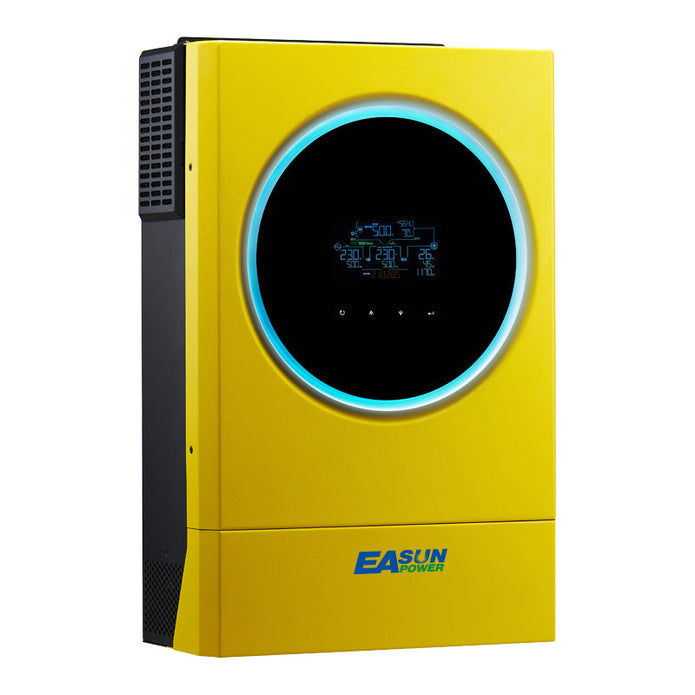In the quest for sustainable living, residential renewable energy systems have become increasingly popular. A critical component of these systems is the inverter, particularly those equipped with Maximum Power Point Tracking (MPPT) technology. This article delves into the advantages of residential renewable energy inverters with MPPT technology, shedding light on their significance and functionality.

Understanding MPPT Technology
MPPT, or Maximum Power Point Tracking, is a sophisticated technology used in inverters to optimize the power output from solar panels. Solar panels have a non-linear power output, which varies with sunlight intensity and temperature. MPPT technology continuously adjusts the electrical operating point of the modules or arrays, ensuring that the maximum possible power is extracted. This is akin to tuning a radio to the clearest station, ensuring optimal performance.
Enhanced Efficiency and Performance
One of the primary benefits of residential renewable energy inverters with MPPT technology is their enhanced efficiency. Traditional inverters often operate at a fixed point, which can lead to suboptimal power conversion. In contrast, MPPT inverters dynamically adjust to the optimal power point, significantly boosting energy harvest. For instance, during cloudy days or partial shading, MPPT technology can still maximize energy output, ensuring consistent performance.
Cost Savings and Return on Investment
Investing in a residential renewable energy inverter with mppt technology can lead to substantial cost savings. By maximizing the energy harvested from solar panels, homeowners can reduce their reliance on grid electricity, leading to lower utility bills. Over time, the increased efficiency translates to a quicker return on investment. For example, a household with an MPPT-equipped inverter might see a 20-30% increase in energy production compared to a system without MPPT, accelerating the payback period.
Adaptability to Varying Conditions
Another significant advantage of MPPT technology is its adaptability to varying environmental conditions. Solar panels are often subject to fluctuating sunlight due to weather changes, shading from trees, or other obstructions. MPPT inverters can swiftly adapt to these changes, ensuring that the system operates at its peak efficiency regardless of external factors. This adaptability makes MPPT technology particularly valuable in regions with unpredictable weather patterns.
Environmental Impact and Sustainability
By optimizing the energy output from solar panels, residential renewable energy inverters with MPPT technology contribute to a more sustainable future. Enhanced efficiency means that fewer panels are needed to achieve the same energy output, reducing the overall material and space requirements. This not only lowers the environmental footprint of the installation but also makes renewable energy solutions more accessible to a broader audience.
Conclusion
Exploring the benefits of residential renewable energy inverters with MPPT technology reveals a multitude of advantages, from improved efficiency and cost savings to adaptability and environmental sustainability. As the world continues to embrace renewable energy, the role of advanced technologies like MPPT inverters becomes increasingly crucial. By investing in these innovative solutions, homeowners can not only enhance their energy independence but also contribute to a greener, more sustainable future.
In summary, the exploration of residential renewable energy inverters with MPPT technology underscores their pivotal role in modern energy systems. Their ability to maximize power output, adapt to varying conditions, and promote sustainability makes them an indispensable component of any residential renewable energy setup.








